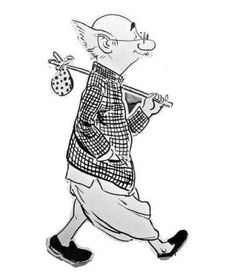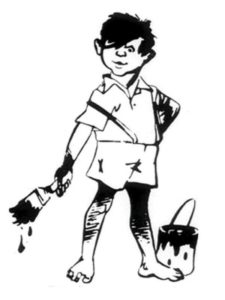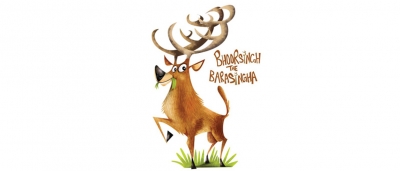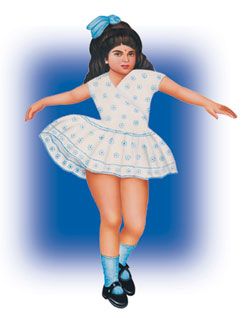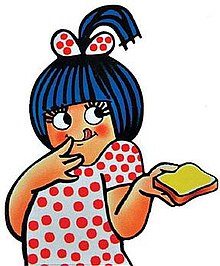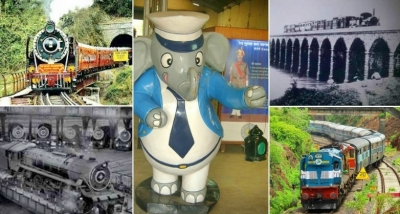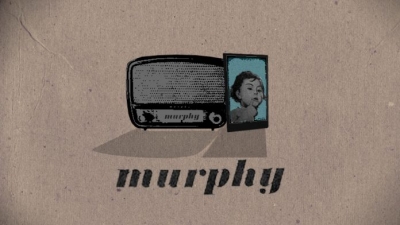A six-year-old elephant calf named Kutti-narayanan from Kerala became which mascot of the 1982 Asian Games held in Delhi?
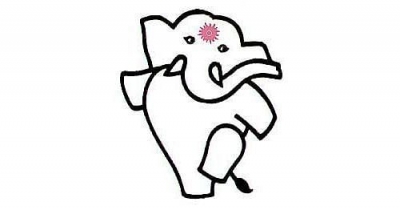
The mascot of the Asian Games held in New Delhi, Appu provided a sneak peek into India’s culture and outlook. The words, ‘Friendship Fraternity Forever’ in English and Hindi accompanied the image. This was the first time that the Asian Games had a mascot. A real-life elephant was the inspiration behind it.
Appu was based on a real elephant, who at the time of the games was just six-years-old. The organizers were denied making a mascot out of a real animal and hence transported Appu's image on a page. The mascot became associated with the Games that help Delhi on its path to becoming a modern capital city.
The authorities did not want to make a live animal the mascot but the elephant reportedly captured the public imagination. He fell into a tank in 1992 and was maimed forever but only died in Kerala in his late 20s in 2005.
Picture Credit : Google
